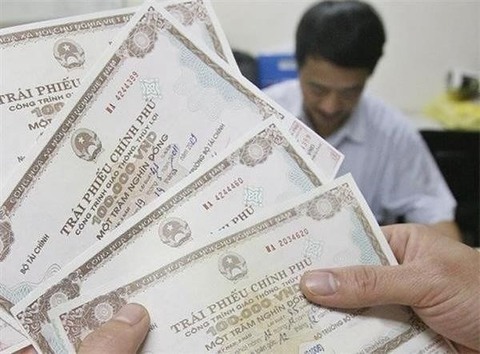A roadmap for financial growth
A roadmap for financial growth
The government yesterday unveiled its financial sector development strategy for 2016 to 2025, which provides stakeholders with a document to evaluate the last decade of growth while outlining an action plan for the next decade.

The financial sector strategy paper, its third version since 2001, consists of five chapters that recap development and put forth strategies for both banking and non-banking services such as the capital market and the insurance industry. It also highlights emerging challenges and constraints that need to be addressed over the next 10 years to accelerate financial inclusion.
“This strategy will become a roadmap to accelerate the development of the financial sector in Cambodia through the diversification of financial services and products,” Finance Minister Aun Pornmoniroth said during the report’s launch ceremony yesterday.
The report was jointly produced by the Ministry of Economy and Finance and the National Bank of Cambodia (NBC) with technical support from the Asian Development Bank (ADB).
According to its authors, Cambodia’s financial sector saw healthy growth in the last five years with increased deposits and credit growth, and an influx of financial services and products.
Total bank assets in Cambodia increased from $7.9 billion in 2011 to $19.9 billion by the end of 2015. It also noted that the number of ATMs across the Kingdom grew from 588 in 2011 to 1,118 in 2015, with issued debit cards increasing from 761,876 to 1.4 million during that period.
The report also highlighted the massive growth in the insurance sector, where premiums have grown by an average of 28 percent annually over the last five years.
In terms of the macroeconomic policies the government will take to ensure stability, the report said that the central bank will strengthen its capacity and skills during the coming 10 years, while also introducing a deposit insurance scheme to protect small depositors against insolvency.
Samiuela Tukuafu, country director for the ADB, said that over the last 10 years, the financial sector has made an increasingly large contribution to the Kingdom’s economic growth. He said private sector credit to GDP registering only 18 percent in 2007, compared to 70 percent last year.
“The people of Cambodia are now able make transactions electronically and workers outside of their home provinces are now able to remit funds back to their families and relatives on payday,” he said.
“And above all, foreign investment and transactions with the region and the rest of the world have greatly increased and the financial system has contributed significantly to this.”
He added that the establishment of the Cambodia Securities Exchange in 2011, the launch of a widely utilised privately-owned credit bureau, the creation of a national payment and settlement system, and several legislative instruments introduced in recent years, have helped guide and legislate financial commercial activities.
Chea Serey, director-general of the NBC, said the content of the new strategy gives sharper targets than previous versions. She noted, for instance, that developing a deposit insurance scheme has now become a top priority to grow financial inclusion and provide a safety net.
She added that the new strategy reinforces the government’s commitment to integrate a financial literacy curriculum within the Kingdom’s education sector next year.
“The financial sector development strategy will play a key role in guiding us to where we want to be in the next 10 years while ensuring the sustainable growth of the financial sector,” she said.
















